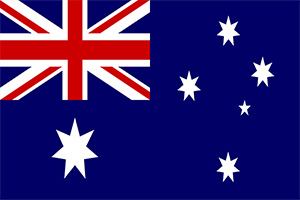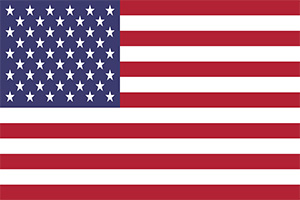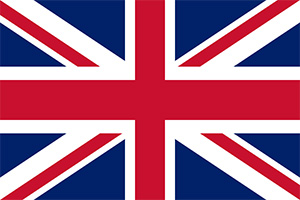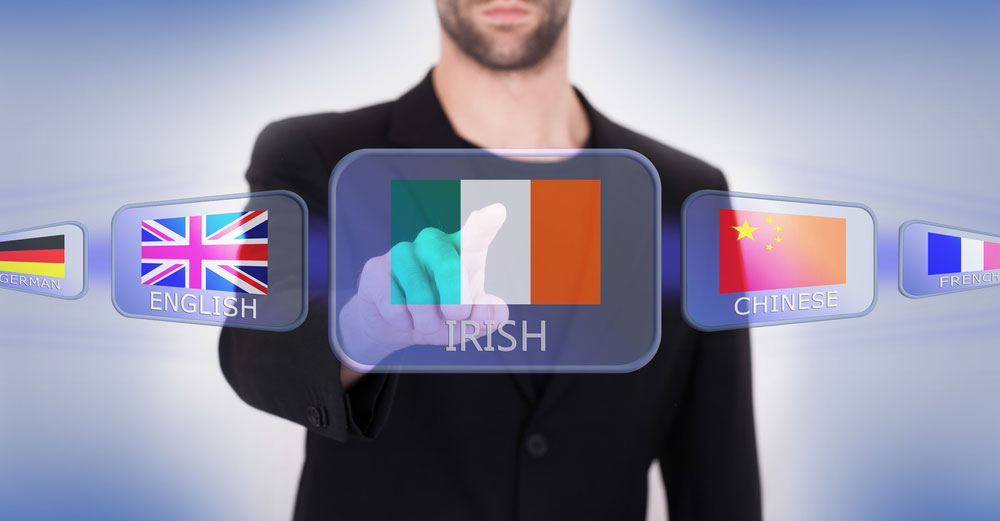Learning a new language can be challenging at first, but if you know how to break it down into simpler and easy to understand short forms, it is going to make your life a little more easier. This article serves to do that, and hopefully you will acquire a better understanding of the Irish language after reading this introductory article, and go on to better communicate with the locals from where you will currently reside at.
National language of Ireland
Irish/ Gaeilge /Irish Gaelic is known to be the first official or national language of the country, Ireland, which would also be used as the communicative language within the European Union.
Don’t worry, almost everyone (majority in fact) in Ireland converses mainly in English. However, there are certain regions – also known as ‘Gaeltacht’ – that utilize Irish as its main choice for communication, and is active in both families and professional businesses.
Verbs
Compared to languages like the English language and French, Irish contains only about 11 irregular verbs, while the mentioned counterparts contain up to 500 and counting. It also depends on how you actually count them too.
‘Direct’ translations
For example, “I have book” is directly translated from the phrase “Tá leabhar agam” and from this, there’s no need for an “a” to cause things to become unnecessarily perplex.
Phonetics
The sound of the speech in Irish (how you pronounce the words that are spelled) can be very different from what you use on a daily basis, and this might prove to be quite intimidating for some at the start.
I’d recommend for you to give your fullest concentration during your practice to be able to learn and spot differences between sounds and very quickly after that, everything would pretty much become ‘consistent’.
Letters
Most letters that are found in Irish words work almost the same as to how they would in a majority of languages that are used all over in Europe. But there are some minor changes you should take note of: ‘bhf’ is silent, ‘mb’ is m, ‘gc’ is c, and etc.
Irish words to ‘replace’ some words
For example, there are no words in the Irish language for ‘yes/no’ (similar to the case of Thai language for the word “Mai Chai”). Hence, to ask a question, just use the action word of your question again, like in “Ar ith tú do lón? D’ith!” It means “Have you eaten/Did you eat your lunch?” and the verb was “D’ith!” which means “I did!”
If you feel the need to brush up on your foundations of the Irish language, feel free to take up language classes, when you move to Ireland. The locals will appreciate your effort, when you try to get more in touch with their culture and their way of speaking Irish.





